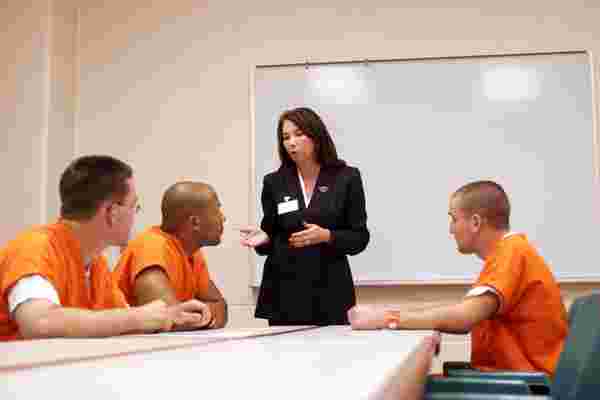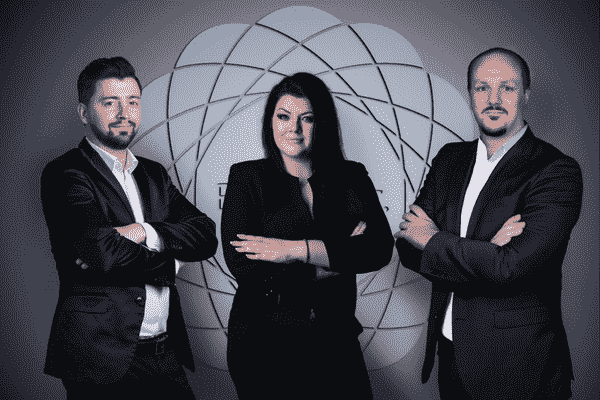
Half of companies worldwide say their leaders are not ready to lead their organizations today, and 71 percent say leaders are not ready to lead into the future, according to a recent study by Brandon Hall Group.
58003 Employees are distracted, interrupted every five minutes by applications and collaborative tools. According to recent research, 66 percent of employees feel they don’t have enough time to do their jobs.
Research and surveys also indicate that only about 32 percent of U.S. employees are engaged--involved in, enthusiastic about and committed to their work. Not only are employees overwhelmed and distracted, so are their leaders. These factors point to the need for significant change. Now more than ever we need leaders to step up and help their teams overcome workplace challenges. Here are three steps to change.
1. Connect more with employees.
When you engage with employees on a personal level, they feel like you care about them, value their contributionsand understand their point of view. When that happens, employee commitment and engagement increases. In essence, people will want to work more for you when they know you are invested in them and care about all the things that impact their world and workplace.
If you walk down a hallway in any company, most of the time, you will see leaders and employees with heads down looking at their phones. To combat disconnection, lead by example. put your own device down and take a minute to make eye contact and ask, “How are you today?” It is hard, because you have to be willing to put things aside and engage. You have to make time to ask, “How else can I support you?” when you know you have two minutes to check on a project and really just want to go back to your email.
Get out from behind the desk and be intentional about connecting with your employees. This creates a great opportunity for you to view the business through their eyesand gives you firsthand knowledge about what works and what doesn’t. Engage with employees who are energetic and passionate. Ask them questions like,“What do you think?”“How do you think we could solve this problem?” or“What would YOU do?” Doing this regularly can help you stay more connected withyour people and your business.
2. Master the directive versus collaborative dilemma.
A hallmark of great leaders is their ability to recognize when to be directive and when to be collaborative. There are times when circumstances call for being directive, such as dealing with policy changes and reinforcing rules. However, leaders often rely too much on their directive approach. They feel pressure to have all the answers and get into “tell” mode to demonstrate their strength. 58003
Collaboration can be powerful for leaders too. As a leader, you decide when to seek collaboration, who to bring together and the ground rules to leverage their best talents and strengths. So release some of that control. Collaboration leads to innovation --and that’s what great leaders do.
3. Expect and coach to continual change.
Change is persistent and constant for most companies. Yet many leaders are reactive rather than proactiveand not equipped to coach in general, let alone to manage change. The vast majority of change efforts that fail do so because people either fight against changeor don't know specifically what they need to do to make it happen, according to management expert Ken Blanchard.
The top two reasons this happens is people’s concerns with change are not surfaced and /or addressed, and the people leading change think that “announcing” it is the same a “implementing” it. Resistance to change manifests itself in many ways, from foot-dragging and inertia to petty sabotage and outright rebellion. 58003 When a leader is able to diagnose stages of concern, he or she can respond by communicating the right information at the right time to resolve these concerns.
As a leader, you should always be checking the temperature of your team to see how on board people are with change. One strategy is to communicate constantly to ensure your lines stay open. Make sure your messaging is consistent and always includes the “why” as it relates to the day-to-day realities of your employees. Hear them out when they disagree and help them get fully on board.
Finally, realize there is almost always something you need to be coaching. Learning to coach to continual change creates a huge opportunity to prepare leaders of today for the future.
 金融价值网
金融价值网



















